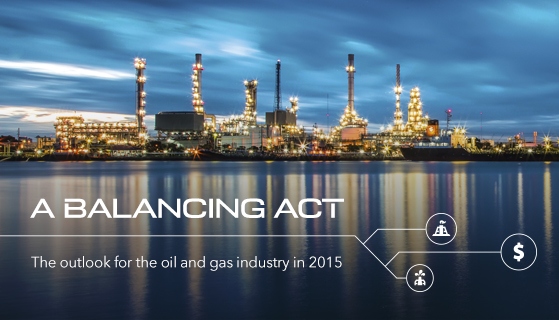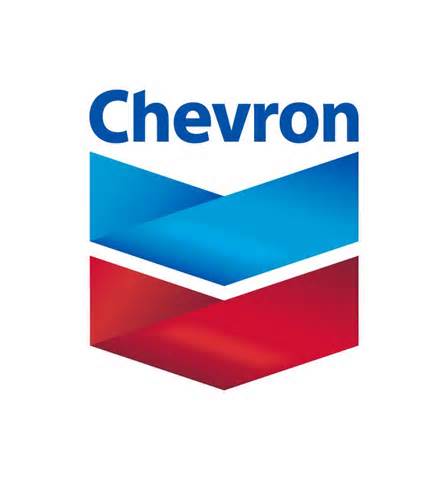 NYC-based PIRA Energy Group reports that the midcontinent crude stock build continued. In the U.S., this past week saw the largest stock build of the year. In Japan, crude stocks drew sharply. Specifically, PIRA's analysis of the oil market fundamentals has revealed the following:
NYC-based PIRA Energy Group reports that the midcontinent crude stock build continued. In the U.S., this past week saw the largest stock build of the year. In Japan, crude stocks drew sharply. Specifically, PIRA's analysis of the oil market fundamentals has revealed the following:
Midcontinent Crude Stock Build Continues
The crude price plunge continued in January, with WTI falling to an average of $47.20. U.S. crude stocks rose 30 million barrels in January — 10 million in Cushing, 10 million on the Gulf Coast, and the rest mainly divided between the West Coast and other (non-Cushing) PADD II. The large crude builds will continue in February and likely into March and April, as well. As Gulf Coast tanks fill, and Cushing stocks reach 80-90 percent of operating capacity, stock builds will be pushed further upstream — to West Texas, Patoka, the Rockies and Western Canada.
U.S. Largest Build of the Year
This past week U.S. commercial oil inventories increased, driving the year-on-year stock surplus. The huge build was roughly equally divided between crude and products. Since the first week of the year, overall U.S. inventories are up 27 million barrels; product stocks are down 4 million barrels while crude oil inventories are up 31 million barrels (1.1 MMB/D). Some 55 million barrels of the year-on-year surplus is in crude oil. The bulk of the product surplus is in "other" products, but distillate inventories are now 21 million barrels (18%) over last year while gasoline is just 6 million barrels higher (0.4%).
Sharp Crude Stock Draw in Japan; Finished Products Slightly Lower
Crude runs eased fractionally on the week and crude imports dropped sharply producing a crude stock draw of 5.8 MMBbls. Finished product stocks were modestly lower. Indicative refining margins remain strong, while the expected rotation out of middle distillate cracks and into gasoline appears to be slowly taking shape.
The End of the "Saudi Put"?
The "Greenspan Put" referred to a market belief that the U.S. Federal Reserve would take action to put a floor on equity prices, thereby taking away downside risk and encouraging over-investment. In a sense, there has been a similar market belief in a "Saudi Put," which would take away downside oil price risk. With that "put" at least temporarily eliminated, the risk premium applied to oil investments is likely to be higher in the future, even as prices recover, potentially slowing the volume recovery from high capital cost projects.
Freight Market Outlook
Saudi Arabia continues to supply more crude oil than the market needs, and it is pricing aggressively, especially to Asia, to defend its market share while Iraqi production continues to grow as its government desperately seeks more revenue. For tanker operators this translates into more tanker demand for floating storage in the short term and from higher OPEC output and global crude trade as non-OPEC producers slash their capital expenses to adjust to the new low price environment.
Spot European Olefin Margins Plunge
Cracking economics in Europe plunged for all major feedstocks as their prices rallied amidst stable steam cracker product prices. Spot propane margins fell nearly 20% to 25¢/lb ethylene, but became the most profitable feedstock. Butane margins swooned 25% week-on-week to just 23¢ while naphtha cracking margins fell a remarkable 35% to just 18¢/gal. Persistent strength in naphtha has pulled regional LPG prices higher. This week's changes place spot European olefin manufacturing economics some distance behind those in Asia and North America.
U.S. Fuel Ethanol Exports Grow Sharply
The U.S. shipped over 810 million gallons of fuel ethanol in 2014, up 34% from 603 million gallons in 2013 and second only to 1.2 billion in 2011. This represented 5.7% of total U.S. supply.
The information above is part of PIRA Energy Group's weekly Energy Market Recap - which alerts readers to PIRA's current analysis of energy markets around the world as well as the key economic and political factors driving those markets.


 New research from
New research from  NYC-based
NYC-based  Chevron Corporation
Chevron Corporation